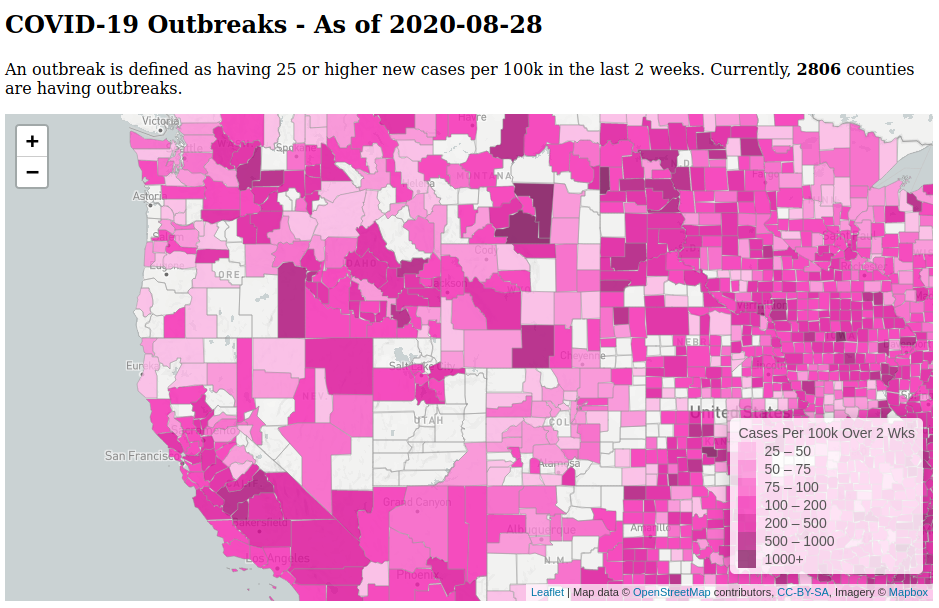I discovered Python generator expressions this week. They’ve been around since v2.4, way back in 2004, and yet, somehow, they managed to escape my notice until now. I don’t think I’ve ever seen them used in any codebase I’ve worked on.
Generator expressions are almost the same as list comprehension syntax, except instead of square brackets, you use parentheses. And instead of returning a list, the comprehension returns a generator object.
This is quite a nice bit of syntactic sugar that helps to keep things more succinct than writing iterators and generator functions. But it’s not as succinct as, say, the chained method syntax you find in Scala or Ruby, which I think is vastly superior in terms of clarity. Several years ago, I wrote up some notes about Ruby streams in a github repo for my co-workers because it was a valuable technique in some data processing scripts we were working on. (Since then, I haven’t done much Ruby.)
Here’s a bit of Python code that duplicates the simple Ruby example in the linked repo above, with the identical output. Again, it’s not nearly as nice to look at as chained method calls, but still better than having to write separate generator functions or classes.
nums = list(range(1,6))
add10 = lambda i: print(f"adding 10 to {i}") or i + 10
filter_even = lambda i: print(f"filtering {i} on evenness") or i % 2 == 0
output = lambda i: print(f"in each: {i}")
# list comprehensions
r1 = [ add10(x) for x in nums ]
r2 = [ x for x in r1 if filter_even(x) ]
r3 = [ output(x) for x in r2 ]
# generator expressions
r1 = ( add10(x) for x in nums )
r2 = ( x for x in r1 if filter_even(x) )
r3 = ( output(x) for x in r2 )
list(r3)
